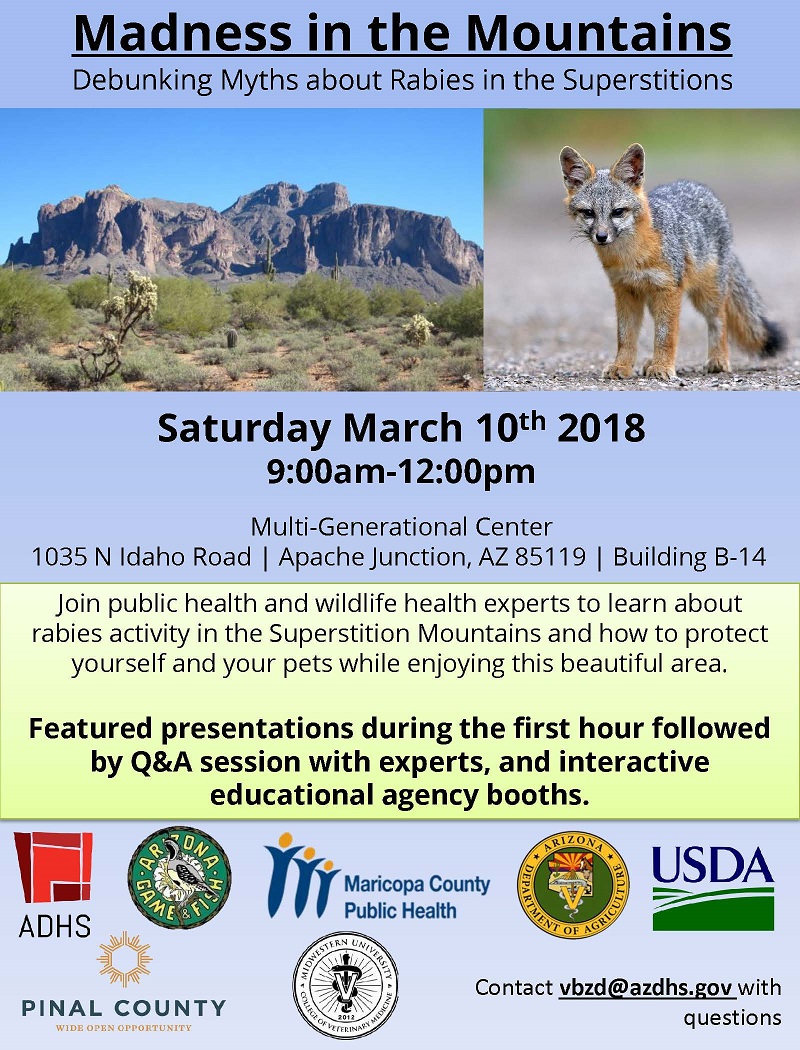Valley Fever typically peaks in late fall and early winter with a minor peak from June to August (refer to the 2007-2011 Valley Fever Report). Those who’ve been in Arizona for a while may know that Valley Fever is a lung infection caused by a fungus that is common in the soil here. In most cases, people with Valley Fever have very mild symptoms like cough, fatigue and shortness of breath that they may confuse with the common cold. Sometimes people can have serious disease including meningitis (brain infection) and pneumonia (severe lung infection). People can have symptoms for a long time or may need to be hospitalized–especially the elderly or those with weak immune systems.
Arizona’s numbers for Valley Fever have increased significantly over the last decade. This increase could be because more people that have not been exposed to Valley Fever before are moving to or visiting the state and also because doctors and the public are more aware about Valley Fever and are testing more for it. In addition, some folks think that increased exposure to dust, like being around construction or standing outside in a dust storm is maybe one of the reasons for the increase in Arizona. Our numbers this year have been lower than last year, and this may be due to the mild monsoon season this past summer.
To help address this Arizona disease, we’ve been collaborating with the University of Arizona’s Valley Fever Center of Excellence to provide a free online training for clinicians in addition to a host of other interventions designed to raise awareness. Our Office of Border Heath has also been working with colleagues from Sonora Secretaria de Salud Publica and other border states to collaborate and share our experiences. Epidemiologists from Sonora have come to Arizona to participate in trainings and learn more about our surveillance system. Last year, the CDC and Mexico’s federal partners conducted a training which enabled Sonora’s State laboratory to test for Valley Fever. Together Arizona and Sonora will continue to work to better understand the burden of Valley Fever in the region. For additional information, please visit: www.valleyfeverarizona.org.











